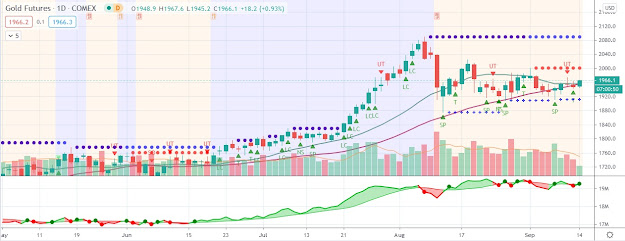The risk remains that the Fed could disappoint in the size of QE

The dollar has been strengthening against the euro and also on a trade-weighted basis since Friday afternoon following statements by the Fed regarding its view on the US economy and the need for further quantitative easing (QE). However, the market focus has shifted from whether more QE will take place to how much QE is in the offing. We believe that the gold market is pricing quantitative easing of $500bn (based on the gold price’s strong casual relationship with global liquidity and the Fed’s balance sheet). We believe that a figure less than $500bn could see the gold price decline.
US break-even inflation (as derived from US bond yields) is still rising. The bond market is pricing low inflation for the next two years, rising steadily towards and average inflation rate of 2% over the next 10 years. The 10y breakeven inflation rate is now just above 2%. The 5y breakeven inflation is at 1.6% and 2y breakeven inflation at 1%. If the average inflation rate over the next two years in the US is going to be 1% (as priced by the bond market) and the US Fed implicitly targets 2% inflation, we expect interest rates to remain low for the entire 2011 and possibly 2012. Last night the futures market assigns a probability of 82% of no rate increase until at least Sep'11. Low rates and rising liquidity are positive for gold.
Short term, we believe that dips in the gold price will be bought by seasonal jewellery demand in the run-up to Diwali (which ends 5 November). At the same time, we have the FOMC meeting on 3 November which is keeping investment interest alive. We remain cautious on gold post- 5 November. The risk remains that the Fed could disappoint in the size of QE which may be amplified by seasonal jewellery demand which should fall away in November.



Comments
Post a Comment